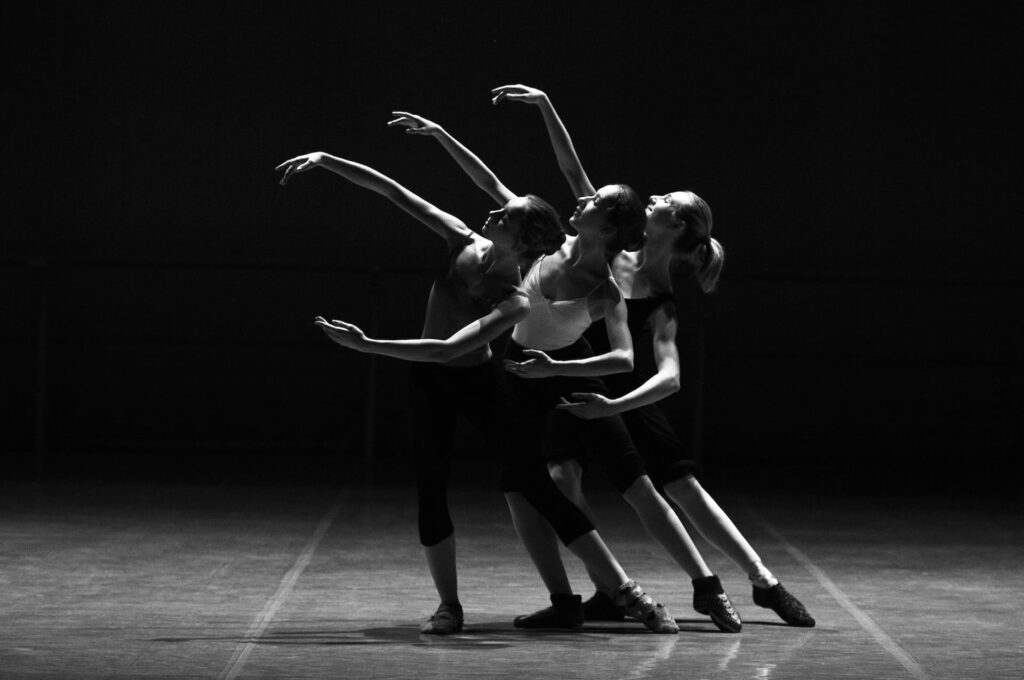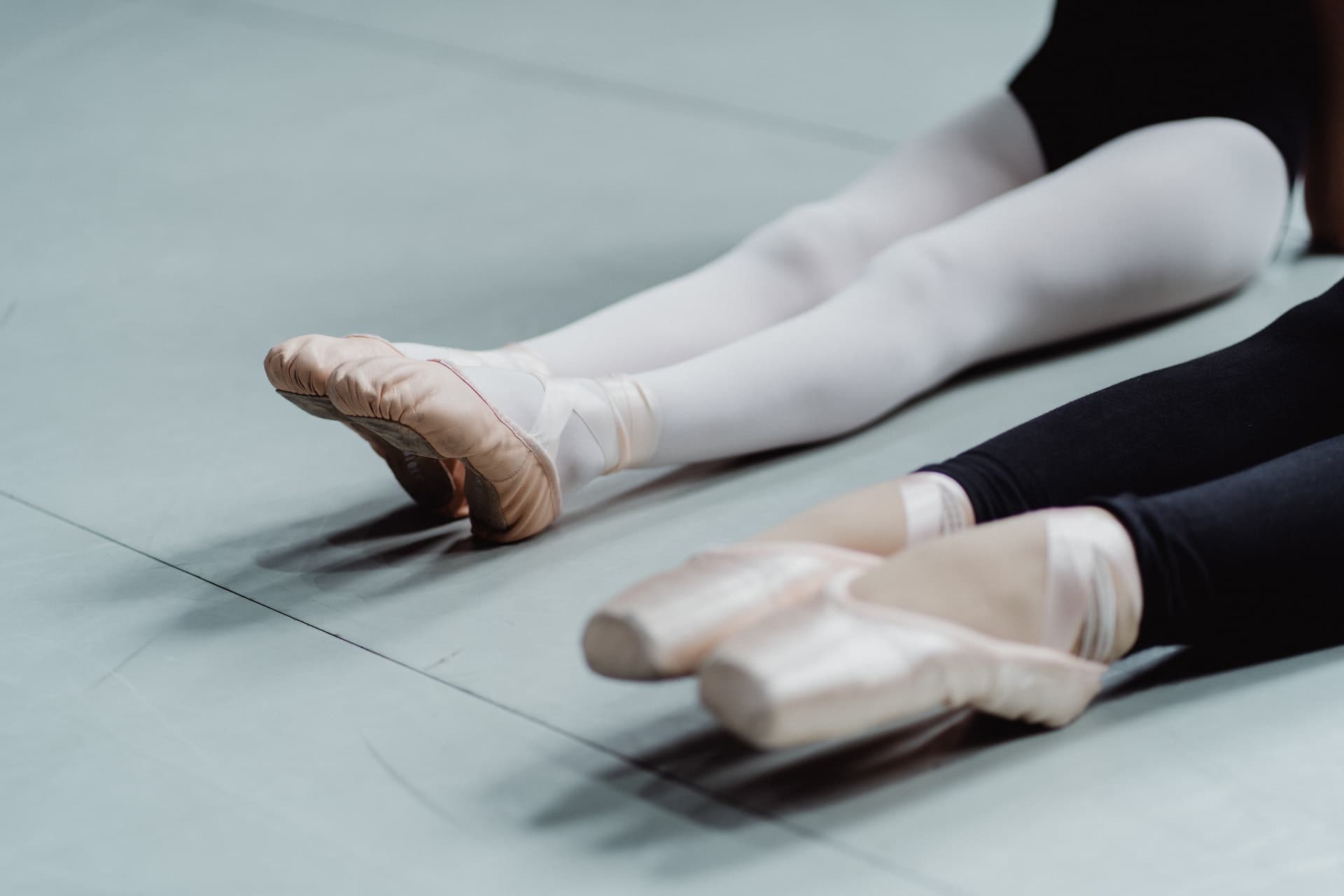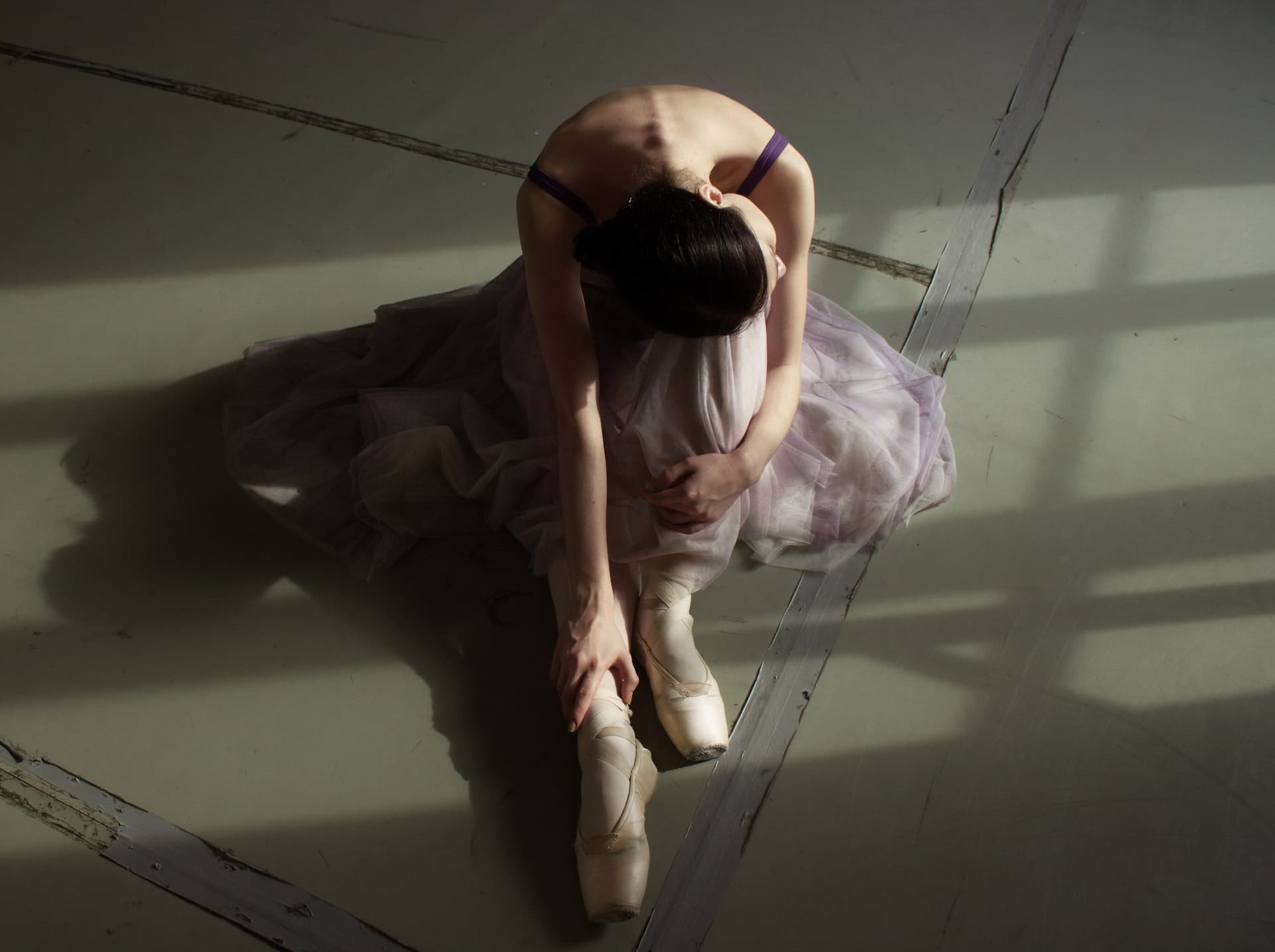Modern and contemporary dance are two popular dance styles that are often confused with one another. While both styles share some similarities, they have distinct differences that set them apart. In this article, we’ll explore the differences between modern and contemporary dance.
Modern Dance
Modern dance emerged as a response to the strict, classical techniques of ballet in the early 20th century. Modern dance emphasizes freedom of movement, natural alignment, and expression of emotion. It incorporates a wide range of movement styles and techniques, including floor work, release technique, and improvisation.
Modern dance often features a deliberate lack of symmetry, irregular movements, and unexpected changes in tempo and rhythm. Dancers may perform solos or group pieces, and the focus is on individual expression rather than conforming to a specific technique or style.
Contemporary Dance
Contemporary dance is a more recent development, emerging in the 1950s and 60s. It builds upon the principles of modern dance but incorporates a broader range of styles and techniques, including jazz, hip hop, and ballet. Contemporary dance emphasizes fluidity of movement, athleticism, and versatility.
Contemporary dance often incorporates complex partnering work, lifts, and acrobatic elements. It may also include multimedia elements such as music, spoken word, and video projections. Unlike modern dance, contemporary dance often features more structured choreography and a greater emphasis on the technical elements of dance.
Key Differences
While modern and contemporary dance share some similarities, there are several key differences between the two styles. These include:
- Technique: Modern dance emphasizes natural alignment and freedom of movement, while contemporary dance incorporates a wider range of techniques and styles, including ballet and jazz.
- Emotion: Modern dance emphasizes expression of emotion, while contemporary dance often focuses on athleticism and technical precision.
- Choreography: Modern dance often features improvisation and a lack of structure, while contemporary dance typically incorporates more structured choreography and complex partnering work.
- Movement style: Modern dance often features irregular and asymmetrical movements, while contemporary dance emphasizes fluidity and athleticism.
In conclusion, while modern and contemporary dance share some similarities, they have distinct differences that set them apart. Both styles offer a unique expression of movement and emotion and have contributed significantly to the development of dance as an art form. Whether you prefer the freedom of modern dance or the technical precision of contemporary dance, there is something for everyone in the world of dance.



